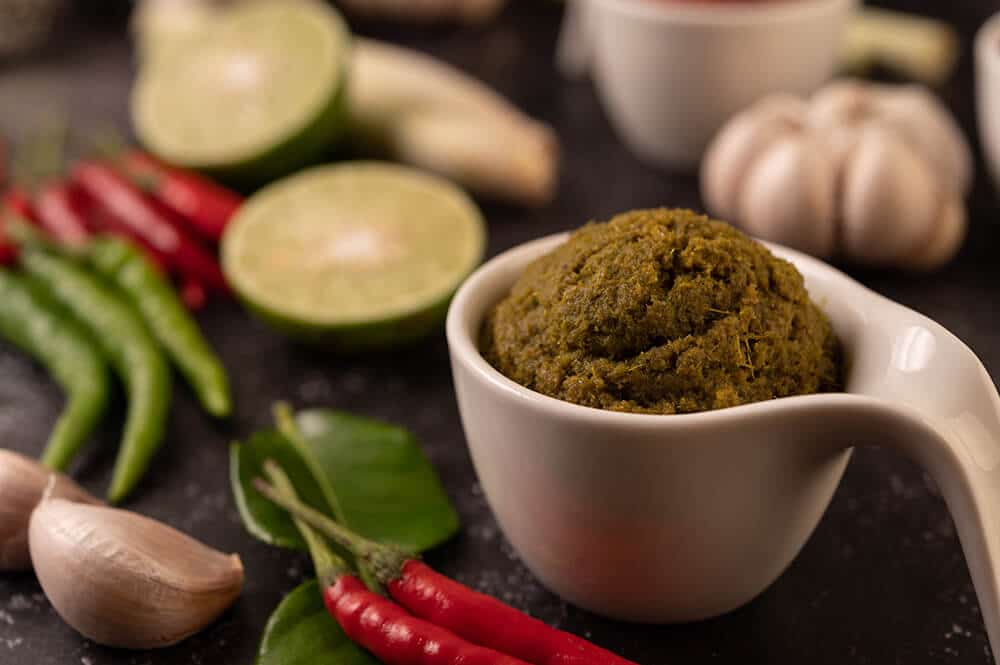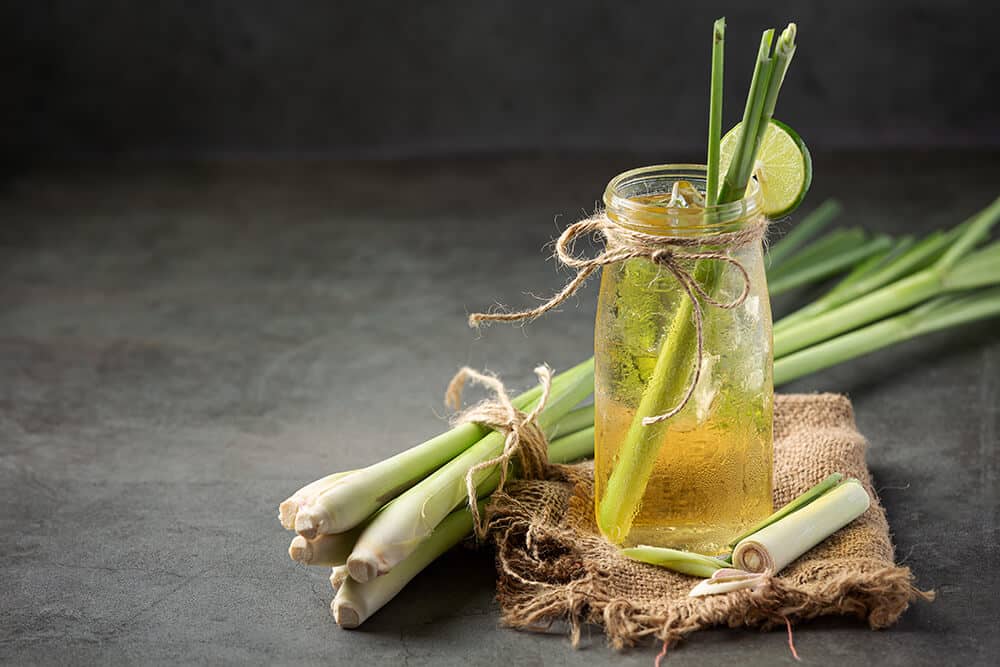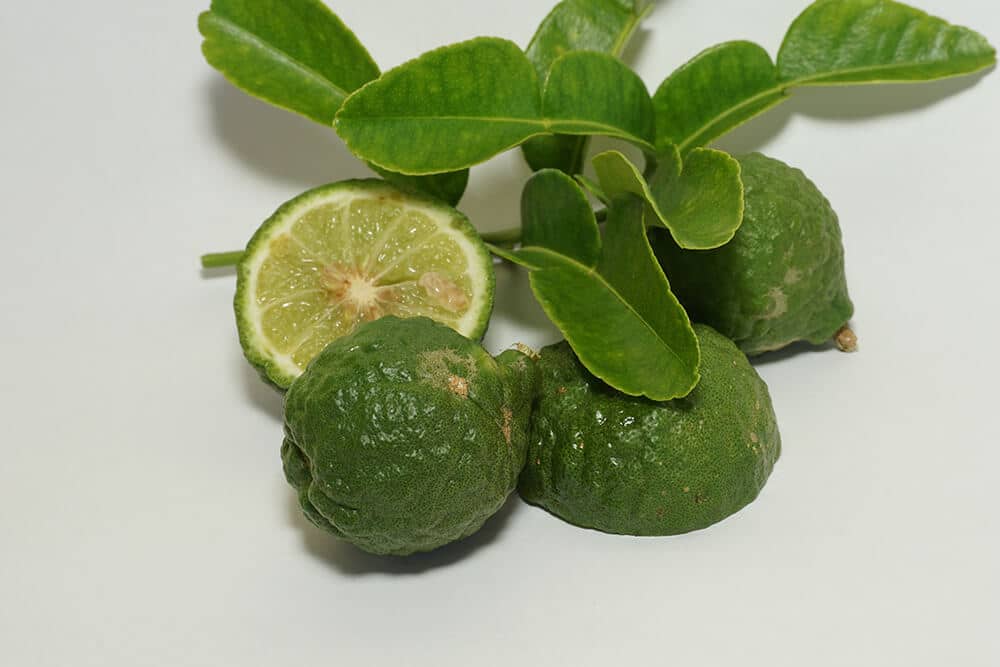Understanding the Key Ingredients in Thai Curry Paste
Curries are a pivotal part of Thai cuisine. Each type offers unique flavors and heat levels.
The most popular varieties include green, red, and yellow curries.
Green Thai curry, made with Bird’s Eye Chilies, is typically the spiciest, with a fragrant, herbaceous flavor. Red Thai curry, made with red chilies, has a rich, spicy, and slightly sweet taste. Yellow Thai curry is milder and creamier. It has turmeric and curry powder which give it a pretty golden glow and an earthy taste.
Other varieties like Massaman and Panang curries blend local ingredients with influences from Persian and Malay cuisines.
Table of Contents

Common Ingredients in Thai Curry Paste
Chilies
Thai curries use different chilies for distinct heat and specific taste profiles. Bird’s Eye chilies add a fresh, intense heat to green curry, while red chilies deliver a deeper, smoky heat to red curry.
Dried chilies in massaman and panang curries give a rich, complex flavor. Chilies are rich in vitamin C, capsaicin (which boosts metabolism), and antioxidants.
Ginger
Lemongrass
Lemongrass has a beautiful citrusy, lemony aroma and taste, essential for Thai curries’ fresh, bright flavor profile. It also has antibacterial and antifungal properties. Nutritionally, lemongrass is a good source of vitamins A and C, which are great for the immune system.

Galangal
Coriander
Kaffir lime leaves

Garlic
Shrimp paste
How the Ingredients are Used to Make Curry Paste
To make the Thai curry paste, the ingredients are finely chopped and pounded together to create a smooth, cohesive blend. Chilies are usually the base, providing heat and color.
Aromatics like ginger, lemongrass, and galangal are added in stages with coriander seeds and leaves, kaffir lime leaves, etc. Reaching a balanced blend of flavors is key, along with using high quality ingredients.
How to Use and Store Curry Paste
Thai curry paste is incredibly versatile. It makes a delicious, bright base for many dishes aside from traditional Thai curries. Beyond curry, it can improve the taste of soups, marinades, stir-fries, and even dipping sauces.
To use Thai curry paste, the first step in sautéing the paste is a small amount of oil over medium heat. This step is key as it releases the rich aromas and flavors of the ingredients.
Once fragrant, the protein (like chicken, beef, or tofu) is added, followed by vegetables and liquids such as coconut milk or broth. The amount of paste can be adjusted to suit your preferred heat level and taste intensity.
For storage, the curry paste should be kept airtight in the refrigerator for up to two weeks. It can also be frozen for longer storage. Decanting and freezing the Thai curry paste in individual portions makes life easy when using it.
We hope this guide to Thai curry pastes inspires you to whip up delicious, steaming bowls of Thai curry. With Nittaya Thai Curry Paste, we have taken the time and guesswork out of your Thai curry-making so you can get perfect Thai curry at home every time.



